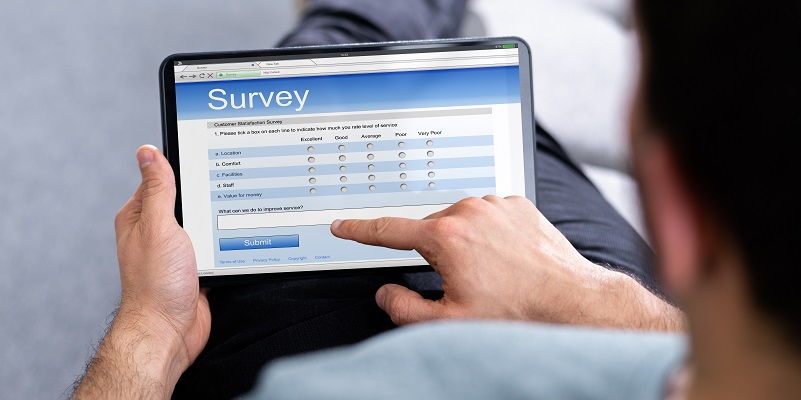In the world of market research and content marketing, gathering reliable and accurate data is crucial for making informed decisions. Unfortunately, fraudulent survey responses, particularly the rising phenomenon of “ghost completes,” pose a significant challenge to this objective. In this article, we will explore the concept of ghost completes, their impact on market research, and the consequences they can have on content marketing strategies.
Understanding Ghost Completes
To comprehend the detrimental effects of ghost completes, we first need to understand what they entail. A ghost complete occurs when a survey respondent qualifies for an incentive and appears to have completed the survey, but no data is collected. This deceptive practice undermines the reliability of survey data and threatens the integrity of market research efforts.
The negative consequences for market research
Ghost completions create a problematic scenario where the absence of high-quality data renders surveys obsolete and wasteful for marketers. Without accurate information, content marketers struggle to convey the true message behind the research and derive tangible takeaways. This challenge undermines the effectiveness of data-driven decision-making and ultimately hampers successful marketing strategies.
Impact on Content Creation
One of the immediate repercussions of using incomplete or unreliable data is the creation of unhelpful and irrelevant content. When marketers rely on such data, they risk producing content that fails to connect with their target audience or effectively address their needs. This misalignment can result in missed opportunities to engage and convert potential customers, ultimately harming business growth.
Wasting time and resources
Not only do ghosts hinder the creation of valuable content, but they also waste valuable time and resources. Marketers invest significant effort in designing surveys and collecting responses, only to be left with incomplete or unusable data. This unnecessary drain on resources further undermines the efficiency and productivity of marketing campaigns.
Damage to trust and credibility
Accurate research results are essential for maintaining trust and credibility with one’s target audience. Ghost completes, by providing inaccurate insights and data, can erode the trust that marketers have painstakingly built with their customers. This loss of credibility can have long-term ramifications, making it essential to combat ghost completes to uphold brand reputation.
The role of survey length and incentives
Long and complex surveys are notorious for deterring respondents and leading to lower completion rates. However, research indicates that offering incentives can significantly improve response rates. In fact, studies demonstrate that an incentive can typically lift response rates by 10-15%. By finding the right balance between survey length and motivation through incentives, marketers can encourage genuine responses and reduce the likelihood of incomplete surveys.
The surge in fraudulent survey responses, exemplified by ghost completions, poses a serious threat to reliable market research and effective content marketing strategies. The negative consequences include wasting resources, missed opportunities, irrelevant content, and a potential loss of trust and credibility. By focusing on combating ghost completions, marketers can ensure the collection of accurate data, derive actionable insights, and effectively engage their target audience. Employing strategies such as offering incentives and designing shorter surveys can make a significant difference in overcoming this hidden menace and unlocking the true power of data-driven decision-making.

